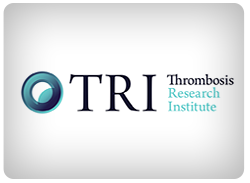
Welcome
Bridging the gap between contemporary research and clinical practice, and outline the challenges of anticoagulation for both the treatment of venous thromboembolism (VTE) and the prevention of thromboembolic events in patients with atrial fibrillation is the aim of these modules.
Clinical scenarios will be discussed in detail including clinical challenges illustrated using case histories, focusing on anticoagulant treatment in patients with VTE, with discussion based on the evidence from clinical trials and real world practice from the GARFIELD-VTE registry. A special focus on VTE in cancer patients will be provided with discussion on new clinical trial data and evidence from the FRONTLINE survey and the PERCEIVE registry in patients with newly diagnosed cancer.
New insights on anticoagulation in the prevention of thromboembolic stroke in patients with atrial fibrillation will be provided. International thought leaders will present and lead each module.
